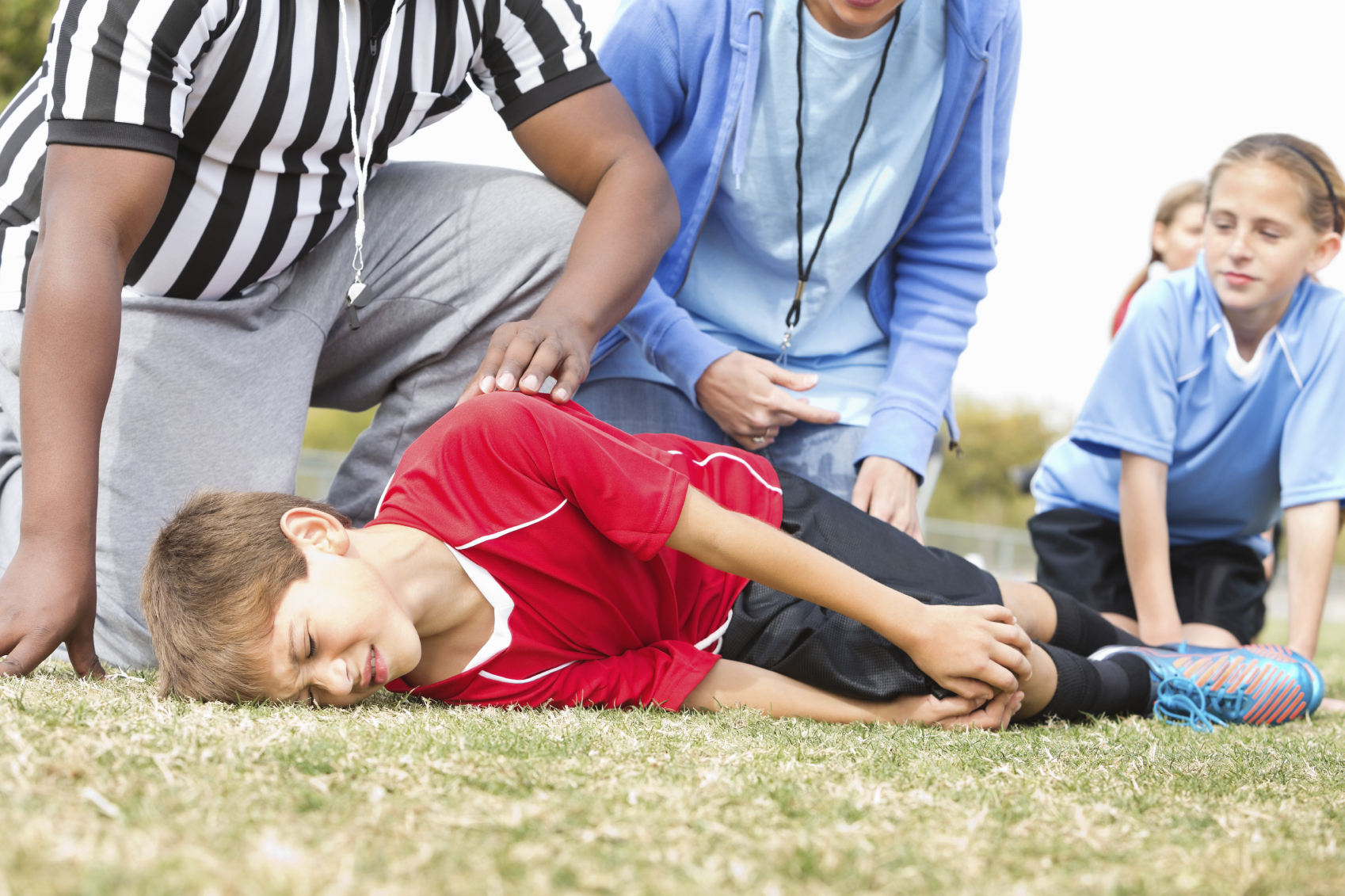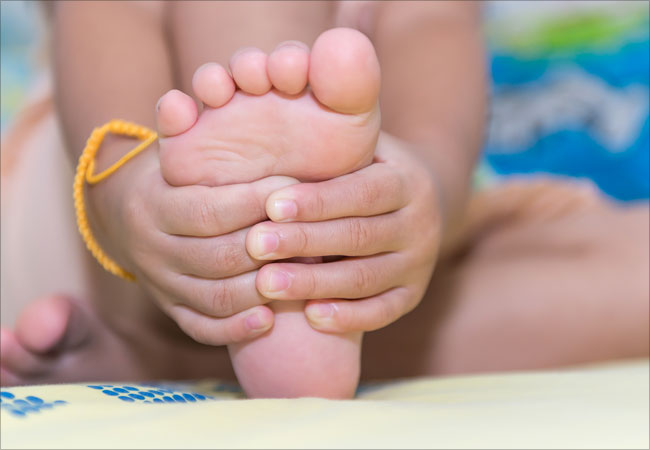Osgood Schlatter’s Disease
Does your child suffer from knee pain after sport?
With school holidays approaching and local sporting seasons coming to an end, its the perfect time to attend to your child’s knee pain.
At Williamstown Health + Lifestyle our Physio’s and Osteo’s have noticed an increase in children from 8 – 15 suffering from knee pain. Whilst there can be a number of reasons, the most common is Osgood Schlatter’s .
The onset of Osgood Schlatter’s is usually gradual, with children commonly complaining of pain underneath the knee after repetitive activities. Typically, running or jumping activities that significantly stress the patella tendon insertion upon the shin, aggravate the patient’s symptoms. They may even have waxing and waning of symptoms that correspond to variations in their athletic seasons. Going up and down stairs can also be painful.
The good news is with appropriate care, Osgood Schlatter’s only commonly lingers for 1-3 months with the majority of children making a full recovery.
What is the treatment of Osgood Schlatter’s?
Physiotherapy/Osteopathy
Physiotherapy/Osteopathy assessment and treatment is a proven benefit for Osgood Schlatter’s disease sufferers. About 90% of patients respond well to non-operative treatment, but symptoms may come and go for 12-24 months before complete resolution. (Gholve et al 2007)
A common reason for developing Osgood Schlatter’s disease is overly tight quadriceps muscles, ITB, hamstrings, hip flexors and calf muscles. Your physiotherapist/Osteopath will massage and release these areas and prescribe specific stretches for you.
Load management is extremely important with Osgood Schlatter’s. Whether or not you should continue playing sport is dependent on symptoms. It is best to discuss your exercise workload with your physio/osteo for advice on how to best manage your return sport while respecting your injury.
Your muscle control around the knee will usually need to be addressed to control or maintain your symptoms during the active phase of Osgood Schlatter’s Disease. Your physio/osteo will commonly prescribe or modify exercises for you.
Knee Support:
- During painful phases its important to rest
- Kinesiotaping can offer some support
Anti Inflammatory Treatment:
- Ice during painful periods is indicated
- Anti inflammatory medication is also helpful
- Shock Wave therapy (offered at Williamstown H + L at no extra charge) has also been shown to improve the symptoms of OSD. https://www.ems-dolorclast.com/en/osgoodschlatter-disease
Foot and Ankle Mechanics
How your foot and ankle are moving can alter the rotary stress that occurs at your knee during walking and running. Your Physio/Osteo will asses your walking mechanics and arch control. You may also require the opinion of a Podiatrist.




